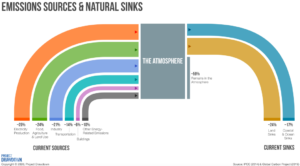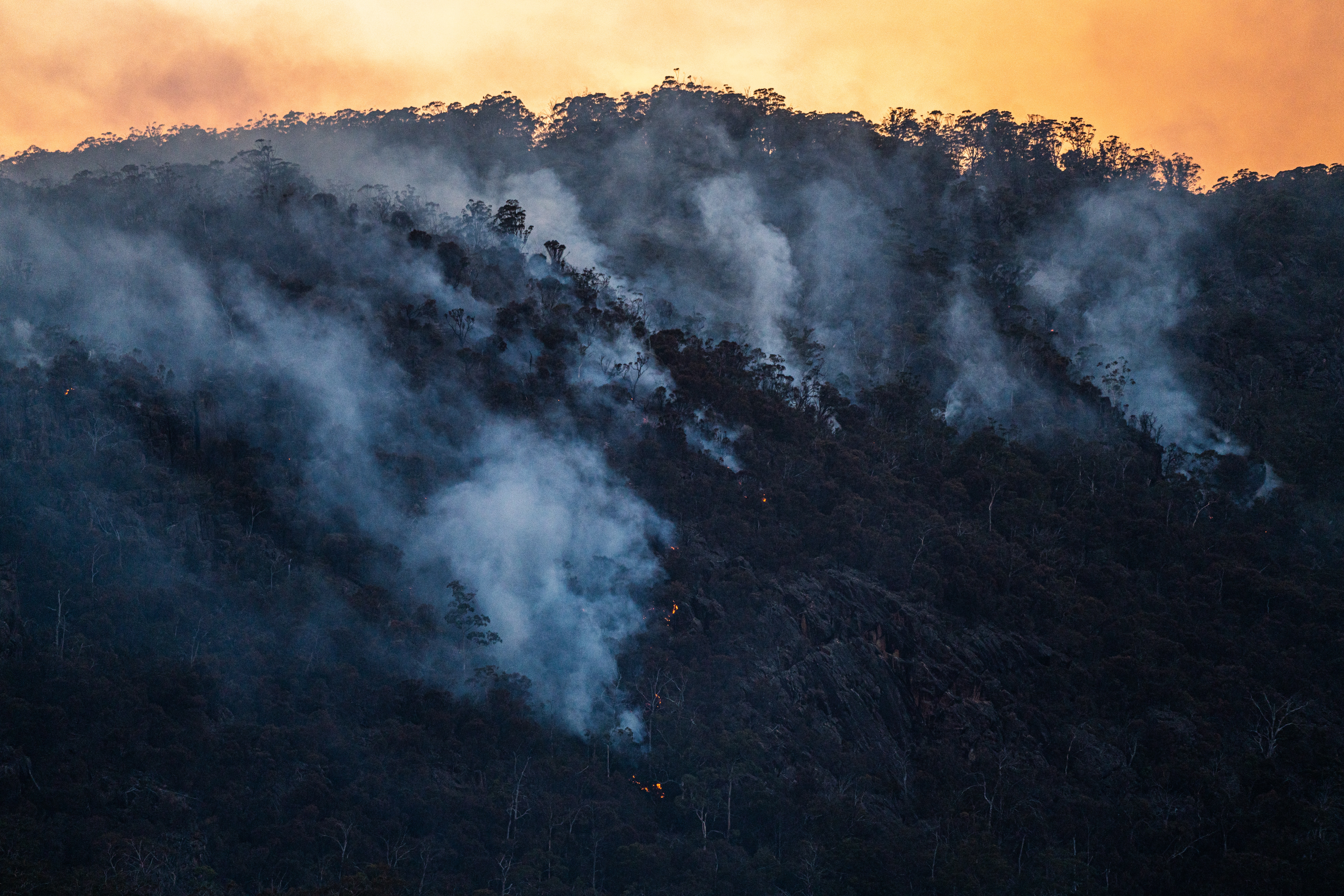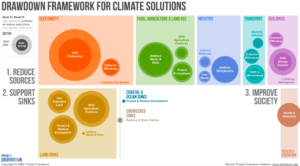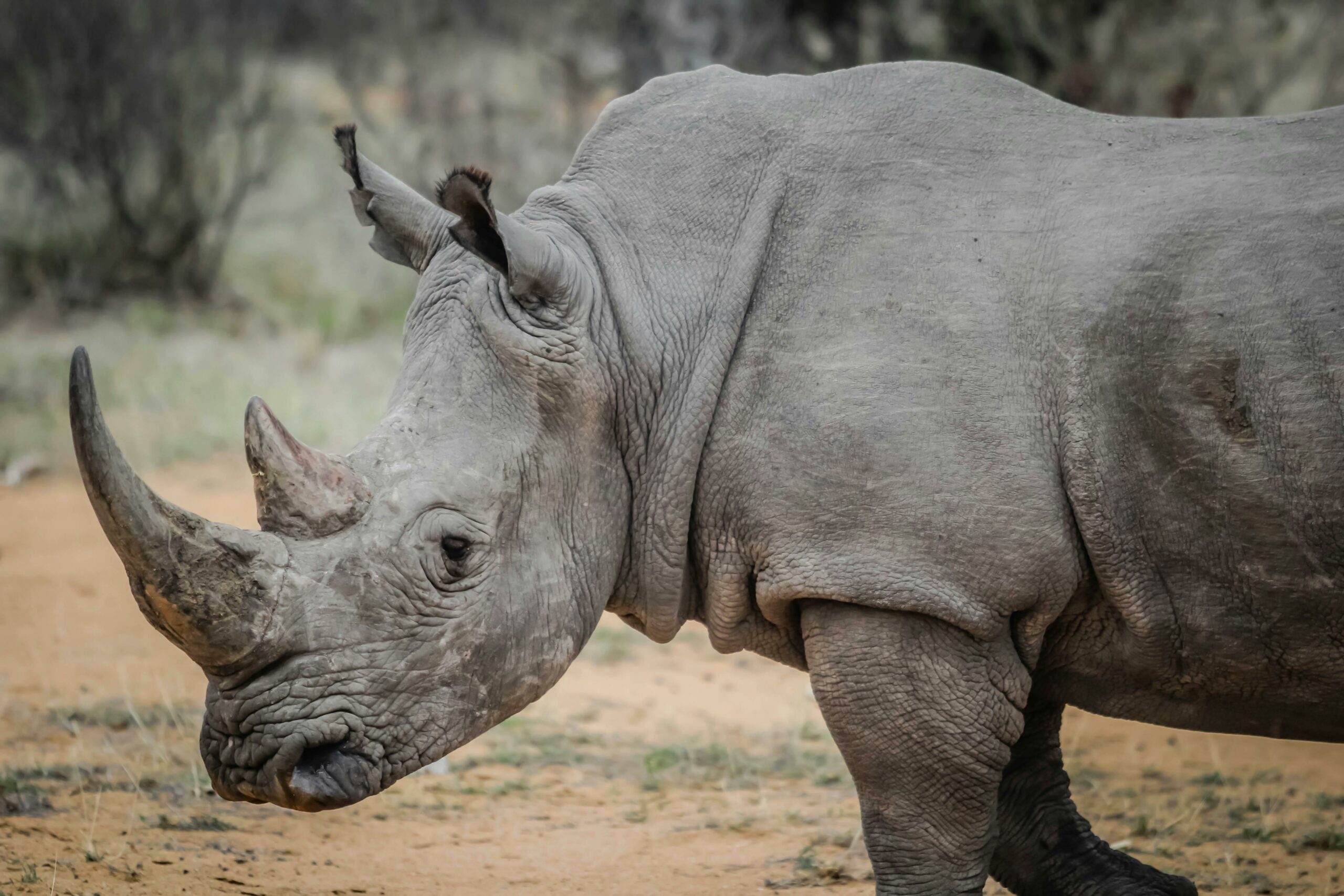Climate change: The causes, impacts and solutions
Humans are increasingly influencing our Earth’s climate. The causes of climate change include burning fossil fuels, cutting down forests and farming livestock. These activities produce enormous amounts of greenhouse gases, which trap the sun’s heat and increase the greenhouse effect.
Some shifts in our climate occur naturally, such as through solar radiation or volcanic activity variations. But, since the 1800s, human activities have accelerated climate change. Our behaviours influenced the planet’s climate and ecosystems so significantly that we began a new geological epoch called the “Anthropocene”.
The greenhouse gases (GHGs) causing climate change are carbon dioxide, methane and nitrous oxide, in addition to fluorinated gases and water vapour. Human GHG emissions mean that the Earth is now about 1.2°C warmer than in the late 1800s. The Intergovernmental Panel on Climate Change (IPCC) states that limiting global temperatures to no more than 1.5°C would help us avoid the worst climate impacts of climate change. Based on current national climate plans, warming is projected to reach around 3.2°C by the end of the century. This level of warming would make much of the planet inhabitable for human life.
Climate change is reflected in the world’s inequities. Since 1988, just 100 companies are responsible for 71 per cent of GHG emissions. The world’s wealthiest one per cent emitted 15 per cent of emissions — almost twice as much as the world’s poorest 50 per cent. Much of this concentrated wealth is associated with fossil fuel investments, which are causing the climate to break down. At the same time, the burden of climate change impacts falls on the poorest and those least able to adapt.
The causes of climate change
Burning coal, oil and gas is the primary cause of climate change. We rely on fossil fuels to generate electricity, heat our buildings and fuel our vehicles. In 2018, 89 per cent of global CO2 emissions were generated by fossil fuels and industry.
Other major causes of climate change are agriculture and land-use changes. This includes deforestation, which releases sequestered carbon into the air. Fertiliser use, livestock farming and certain industrial processes that release fluorinated gases also generate GHG emissions. Landfills are a major source of methane. Activities including agriculture and road construction also change the reflectivity of the Earth’s surface, leading to local warming or cooling.
Carbon dioxide emissions and Earth’s carbon sinks
The Earth has natural carbon sinks, which help to absorb some of our atmospheric emissions. Land is a powerful carbon sink, returning 26 per cent of atmospheric carbon back to living vegetation and soils. Oceans also take in and redistribute heat and carbon from our atmosphere. They have absorbed over 90 per cent of the excess heat generated by recent climate changes, and, since the 1980s, they have drawn in up to 30 per cent of human-created CO2.
But, humans emit more GHGs than our Earth’s natural carbon sinks can absorb. What’s more, our activities are destroying these sinks that shield us from the worst effects of our pollution. GHG concentrations in our atmosphere are at their highest levels in more than three million years and continue to rise year on year. Today, we collectively emit around 50 billion tonnes of CO2e (carbon dioxide equivalents) each year. This is more than 40 per cent higher than emissions in 1990.

The impacts of climate change
Climate change results in much more than rising temperatures. The Earth is an interconnected, integrated system, and changes in one area influence changes in all others. The impacts of climate change now include intense droughts, water scarcity, wildfires, rising sea levels, flooding, melting ice caps and glaciers, more frequent and powerful storms, and declining biodiversity.
These changes in our climate are affecting our health, food and water security and safety. Conditions like sea-level rise and saltwater intrusion have advanced to the point where whole communities have been forced to relocate, and some small island developing states may disappear altogether under the rising seas. Such conditions mean that the number of climate refugees is rising. The latest IPCC report predicts that 700 million people in Africa – half of the continent’s population – could be displaced by 2030 due to the impacts of climate change.
The cumulative impact of these climatic changes could also trigger fundamental and irreversible changes in parts of the Earth’s system. These “tipping points” are thresholds where a small change could dramatically push a system into a completely new state.
One example of a tipping point is the collapse of the Atlantic Gulf Stream. Scientists warn this would have catastrophic consequences worldwide by “severely disrupting the rains that billions of people depend on for food in India, South America and West Africa; increasing storms and lowering temperatures in Europe; and pushing up the sea level off eastern North America. It would also further endanger the Amazon rainforest and Antarctic ice sheets.”

How global warming affects South Africa
South Africa is already experiencing climate change in the form of increased temperatures, droughts and changes in agricultural seasons. As the climate continues to heat, the impacts will worsen. The country’s drought frequency will increase, with higher temperatures and a reduction in rainfall reducing already depleted water resources.
South Africa’s development is also highly dependent on climate-sensitive industries, such as agriculture and forestry. The country currently ranks third in the world in terms of biological diversity. But, desertification caused by a hotter, drier climate could reduce biodiversity, threatening the tourism industry. Additionally, increases in sea temperature could cause mass mortality of fish, shellfish, marine mammals, seabirds and other animals. Warmer temperatures could also extend the areas in South Africa prone to malaria and schistosomiasis.
Burning fossil fuels is making the future more dangerous
An expert report commissioned by the Centre for Environmental Rights (CER) looked at what life in South Africa will look like if we continue our business-as-usual, “worst-case scenario” climate trajectory. The report confirms life would be much more dangerous for everyone. The impacts would include extreme heat stress and weather events, sea-level rise and coastal damage, crop failures, water stress, disease outbreaks, various forms of economic collapse and social conflict, and mass migration to informal settlements around urban areas.
“Impacts do not rise linearly with rising temperature, but with an ever-steepening curve, rapidly making large parts of the interior of the country, as well as vulnerable low-lying coastal areas, uninhabitable”, states the report. “All of these impacts together will dramatically alter the lives and prospects for today and tomorrow’s youth, who will suffer significant harms, in a combination of detrimental physical health and wellbeing, mental trauma, social upheaval and reduced opportunities for self-advancement.”
But, this bleak outlook can be mitigated with robust and ambitious action on climate. Investing in climate adaptation measures and reducing our reliance on fossil fuels would reduce the impacts of climate change and protect local livelihoods now and in the future.
We already have the solutions
The United Nations (UN) outlines the three broad categories to address the climate emergency: “Cutting emissions, adapting to climate impacts and financing required adjustments.” To stay within the 1.5°C threshold, the world must cut its emissions in half by 2030 to have a chance of meeting net-zero emissions by 2050 within the remaining carbon budget.
Project Drawdown identifies several powerful global climate solutions to reduce GHG emission sources and support and strengthen sinks to meet these goals. Switching energy systems from fossil fuels to renewables, like solar or wind, is one of the most effective ways to target the causes of climate change. Each year this decade, fossil fuel production must decline by six per cent along with 20 per cent compound growth for renewables. But, we need solutions across all sectors. Many other interventions, such as halting deforestation, reducing food waste and restoring ecosystems, also bring significant and essential benefits.

Reducing greenhouse gases and adapting to climate change
Many of these climate change solutions can strengthen economies while improving lives and protecting nature and ecosystems. We also have global frameworks, such as the Sustainable Development Goals, the UN Framework Convention on Climate Change and the Paris Agreement, which will guide progress on our transition to sustainability.
Adapting to the impacts of climate change is also vital. This includes mechanisms to protect people, homes, livelihoods and infrastructure, as well as species and ecosystems. Adaptation measures must be prioritised now for the most vulnerable people who are least able to cope with climate hazards.
Global financial investments must drive this shift. Industrialised countries are committed to providing USD $100 billion annually to developing countries so they can adapt and develop with sustainable economies. But, wealthy nations are yet to fulfil this promise, and the next few years are critical. As the IPCC emphasises, we have the solutions, the time for action is now.
Related Articles
Poaching is not the only reason rhinos may go extinct
The ongoing effects of climate change may cause rhinos to go extinct unless adaptation measures are implemented, according to new research.
‘Climate change the biggest threat to health in the 21st century’
Experts say climate change is the biggest threat to health in the 21st century. In South Africa, many lives are already being lost to extreme weather.




